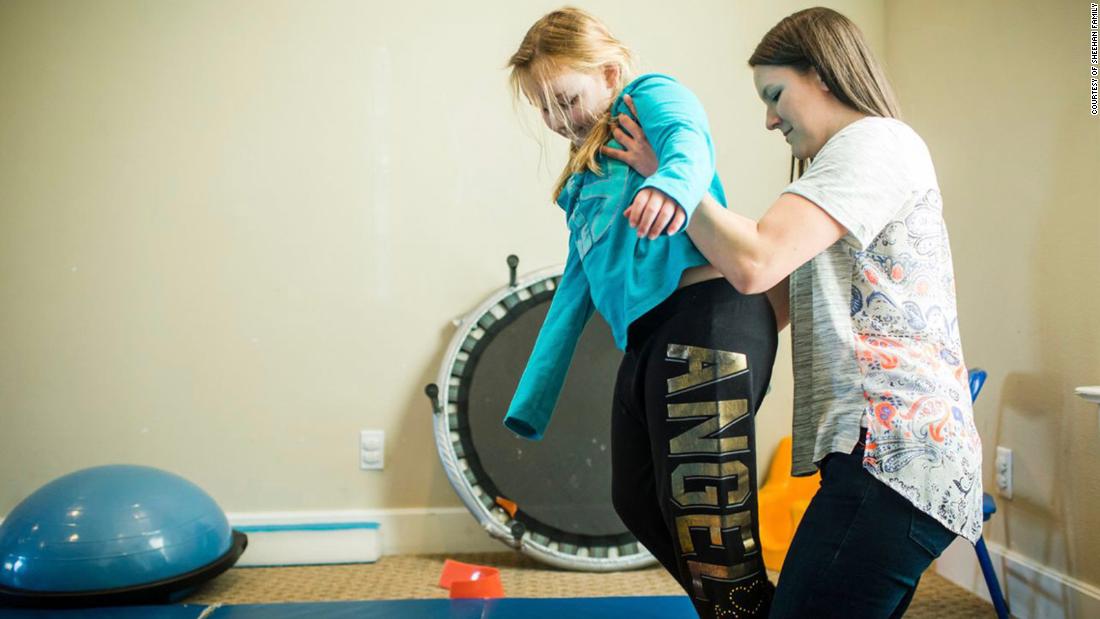
It is also unclear what impact Covid-19 will have on the rare polio-like condition, which affects the spinal cord and nerves, primarily in children.
The first distinctive sign that someone has AFM is sudden limb weakness. The polio-like condition occurs mainly in children who are otherwise healthy.
The progression of weakness can occur for hours to several days, and can cause difficulty speaking and swallowing, or can cause severe respiratory distress. It can also cause spinal cord injury and permanent paralysis, sometimes life-threatening.
According to the CDC, about 98% of AFM cases are hospitalized and 54% admitted to the ICU.
“There are a lot of things we don’t know yet,” Dr. Anne Schuchat, CDC’s senior deputy director, said Tuesday. “We want to do everything possible to learn more about how to recognize, treat and prevent AFM and help families heal.”
“AFM is a priority for the CDC,” added Schuchat.
It is clear that Covid-19 will have some impact on this AFM cycle, the CDC said.
Social distancing and improved hand hygiene practices can reduce the number of AFM cases, said Dr. Janell Routh, medical officer and leader of the CDC’s AFC and Domestic Poliovirus Team.
“These practices can lead to decreased circulation of other viruses, including enteroviruses, and therefore decrease or delay AFM this year,” said Routh.
The pandemic can also affect how the country tracks how many cases there are.
“We do not know if the Covid-19 epidemic will complicate detection and management, nor do we know if social distancing efforts will reduce the risks of occurrence,” said Schuchat. “But we do know that we must be ready.”
Most AFM cases start about a week after a child has had an infection, which often involves a common cold virus called an enterovirus.
Since 2014, when CDC began tracking AFM in the United States, the agency noted that outbreaks across the country seemed to occur every two years. There have been 630 confirmed cases since the CDC began tracking them down. Patients often have long-term problems related to the condition.
A retrospective analysis of AFM prior to 2014 showed that there were a small number of cases from year to year, but not these large spikes, suggesting that something changed regarding the nature of the condition. It is still unclear what that could be.
“One thing we don’t understand about AFM is what changed in 2014 that would explain the increase in AFM cases,” said Dr. Emily Erbelding at the briefing.
Erbelding is Director of NIAID’s Division of Microbiology and Infectious Diseases. Scientists, he said, also don’t understand why cases are increasing every two years and whether it will be a pattern that the United States will continue to see in the future. NIAID has launched a national study that is trying to elicit more of these responses.
.